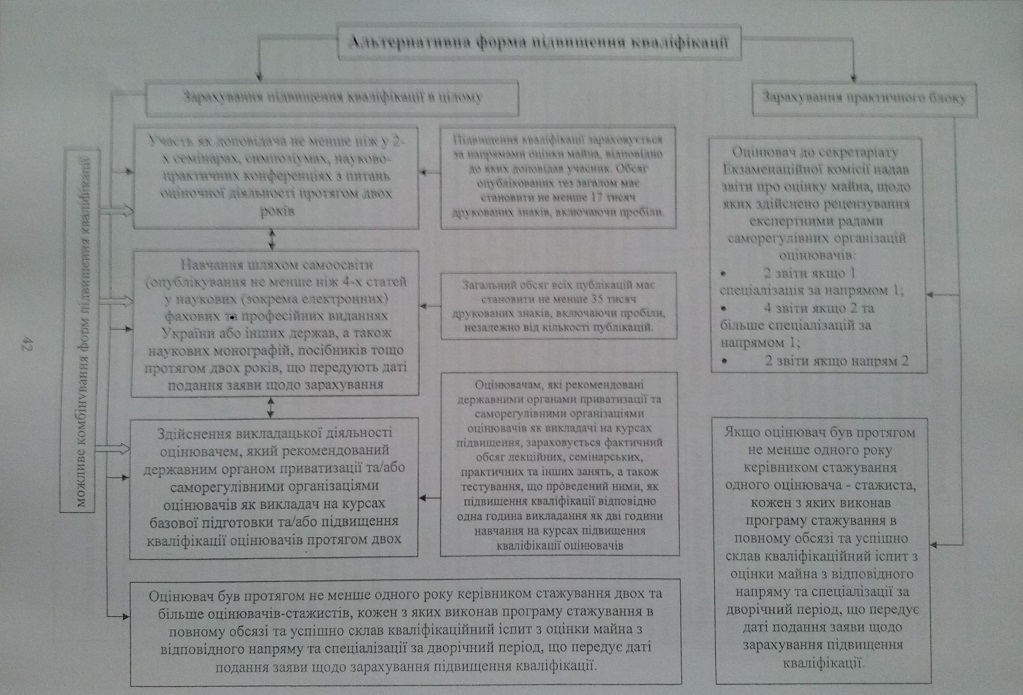Otveti Na Bileti Slesarya Remontnika 4 5 Razryada


Welcome to Balkan Environmental Association ( B.EN.A.) B.EN.A. Established on 1998 in Thessaloniki, Greece, from Alexander Technological Educational Institute of Thessaloniki, Greece (A.T.E.I.-Th) academic staff and from professors, researchers, experts and scientists of Balkan and EU countries. Is an International nonprofit and nongovernmental scientific organization with the scope of preserving environment and cultures of Balkan countries. Serves as a Balkan environmental thinking tank that goes beyond research to find scientific ways to protect Balkan region and to improve people’s lives. Organized and co-organized more than 70 scientific events on different environmental topics in Greece, Romania, Croatia, Turkey, Albania, Serbia, Bulgaria and FYR OM.
Naktsmītne Ekološka turistična kmetija pri Lovrču, Tolmina – rezervējiet ar Zemākās cenas garantiju! 51 viesu atsauksme un 17 fotogrāfijas gaida jūs vietnē Booking.com.
Abstract The hypersonic effect is a phenomenon in which sounds containing significant quantities of non-stationary high-frequency components (HFCs) above the human audible range (max. 20 kHz) activate the midbrain and diencephalon and evoke various physiological, psychological and behavioral responses.
There is no better way to compress files for efficient and secure file transfer, faster e-mail transmission and well organized data storage. Kovka 3d pro torrent crfxfnm windows 7. WinRAR 5.70 Compress, Encrypt, Package and Backup with only one utility Over 500 million users worldwide make WinRAR the world's most popular compression tool today. RAR and WinRAR are, available in over 50 languages in both 32bit and 64bit and several operating systems (OS) and the only compression software that is fully accepted in all countries using Unicode.
Yet important issues remain unverified, especially the relationship existing between the frequency of HFCs and the emergence of the hypersonic effect. In this study, to investigate the relationship between the hypersonic effect and HFC frequencies, we divided an HFC (above 16 kHz) of recorded gamelan music into 12 band components and applied them to subjects along with an audible component (below 16 kHz) to observe changes in the alpha2 frequency component (10–13 Hz) of spontaneous EEGs measured from centro-parieto-occipital regions (Alpha-2 EEG), which we previously reported as an index of the hypersonic effect. Our results showed reciprocal directional changes in Alpha-2 EEGs depending on the frequency of the HFCs presented with audible low-frequency component (LFC). When an HFC above approximately 32 kHz was applied, Alpha-2 EEG increased significantly compared to when only audible sound was applied (positive hypersonic effect), while, when an HFC below approximately 32 kHz was applied, the Alpha-2 EEG decreased (negative hypersonic effect).
These findings suggest that the emergence of the hypersonic effect depends on the frequencies of inaudible HFC. Citation: Fukushima A, Yagi R, Kawai N, Honda M, Nishina E, Oohashi T (2014) Frequencies of Inaudible High-Frequency Sounds Differentially Affect Brain Activity: Positive and Negative Hypersonic Effects. PLoS ONE 9(4): e95464. Editor: Joel Snyder, UNLV, United States of America Received: November 15, 2013; Accepted: March 26, 2014; Published: April 30, 2014 This is an open-access article, free of all copyright, and may be freely reproduced, distributed, transmitted, modified, built upon, or otherwise used by anyone for any lawful purpose.
The work is made available under the Creative Commons CC0 public domain dedication. Funding: This work was partly supported by JSPS KAKENHI Grant Number 22240049 and by MEXT KAKENHI Grant Number 22135008 for MH. This work was partly supported by JSPS through the “Funding Program for Next Generation World-Leading Researchers” for EN, initiated by the Council for Science and Technology Policy. The funders had no role in study design, data collection and analysis, decision to publish, or preparation of the manuscript. Competing interests: The authors have declared that no competing interests exist.
Introduction It is generally accepted that humans cannot perceive air vibrations in the frequency range above 20 kHz as sound. Oohashi et al. Reported, however, that a non-stationary sound containing significant quantities of high-frequency components (HFC) beyond the human audible range evokes a significant increase in the regional cerebral blood flow (rCBF) in the midbrain and the thalamus, and in the occipital alpha frequency component of spontaneous electroencephalogram (EEG) as compared with an otherwise identical sound from which the HFCs are removed,,. In addition, the inclusion of HFCs renders a sound more pleasant – and evokes a specific behavior, that is, the listener spontaneously increases the comfortable listening level (CLL) of the presented sound –. We call such phenomena collectively “the hypersonic effect.” The phenomena induced by the inclusion of HFCs in EEG and the resulting subjective impression have been replicated by other research groups. The hypersonic effect is induced only when HFCs are presented to the listener's entire body surface but not when presented exclusively to the listener's ear.